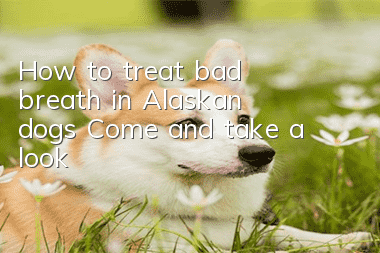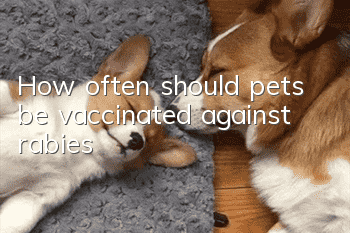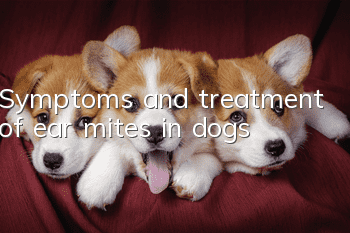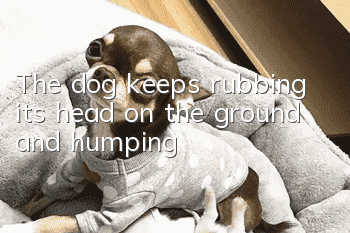How to treat bad breath in Alaskan dogs? Come and take a look!

How to treat bad breath in Alaskan dogs? Come and take a look! Alaskans are a very affectionate dog breed with a very gentle personality. Some Alaskans have more active personalities and will jump on their parents and lick their faces. Once Alaskan dogs have bad breath If so, it would be comparable to a biochemical crisis for the owner. How to treat bad breath? First, we must first find out what causes the bad breath.
How to treat bad breath in Alaska?
Eighty percent of Alaskans over the age of three have the same tooth and gum problems. If left untreated, these problems can lead to bad breath, swollen and bleeding gums, difficulty eating, and tooth loss, among other problems. 85% of bad breath is caused by oral infection. Excessive use of sulfur-containing amino acids increases the proportion of salivary proteins, exfoliated cells, and food residues, leading to excessive bacterial growth. Bacterial metabolism produces a volatile putrid odor containing sulfur.
Alaskan gastrointestinal problems, such as when a dog burps, the odor comes directly from the digestive tract. Generally those strange smells are caused by different substances that break down in the blood during digestion and then diffuse through the pulmonary capillaries into the exhaled breath. Moreover, when respiratory tract infection and renal dysfunction occur, excess ammonia diffuses to the lungs through the blood route and is excreted through exhalation. When diabetes has symptoms of acidosis, as before, it will eventually lead to a sour taste in the mouth.
So how should we deal with the problem of pet bad breath? We can only prevent it through four aspects: 1. Brush Alaska’s teeth frequently to remove food residues in the mouth. 2. Eat less wet food or food that will stick to your teeth. 3. The time for eating should be fixed to avoid gastrointestinal problems caused by irregular times. 4. Give Alaska regular physical examinations, at least once a year, to detect problems in time and treat them as soon as possible.
- dog stung by bee
- The dog keeps coughing, the treatment of dog infectious tracheitis and infectious bronchitis!
- Can newborn puppies bask in the sun?
- What are the basic training programs for Teddy dogs? You will gain a lot after reading this!
- Is the hair on the Golden Retriever’s nose bald due to licking? The Golden Retriever’s nose is losing hair!
- Precautions and adverse reactions of dog vaccinations
- The best time to train Corgi dogs, you need to learn how to do it!
- Purebred Pomeranian Characteristics
- What should dogs eat after giving birth? Pay attention to your dog’s postpartum diet!
- What does a dog's bared teeth mean?



